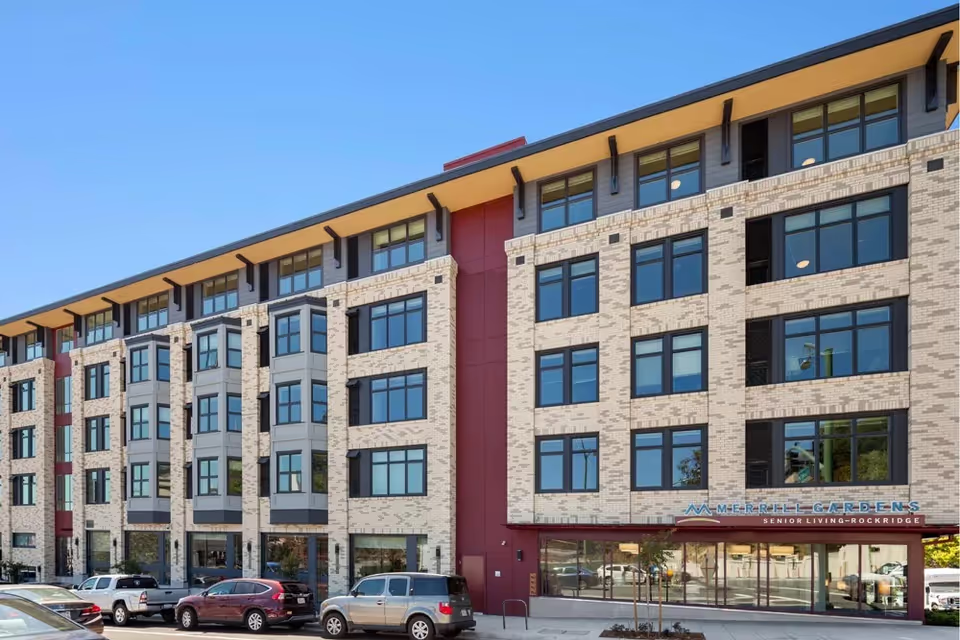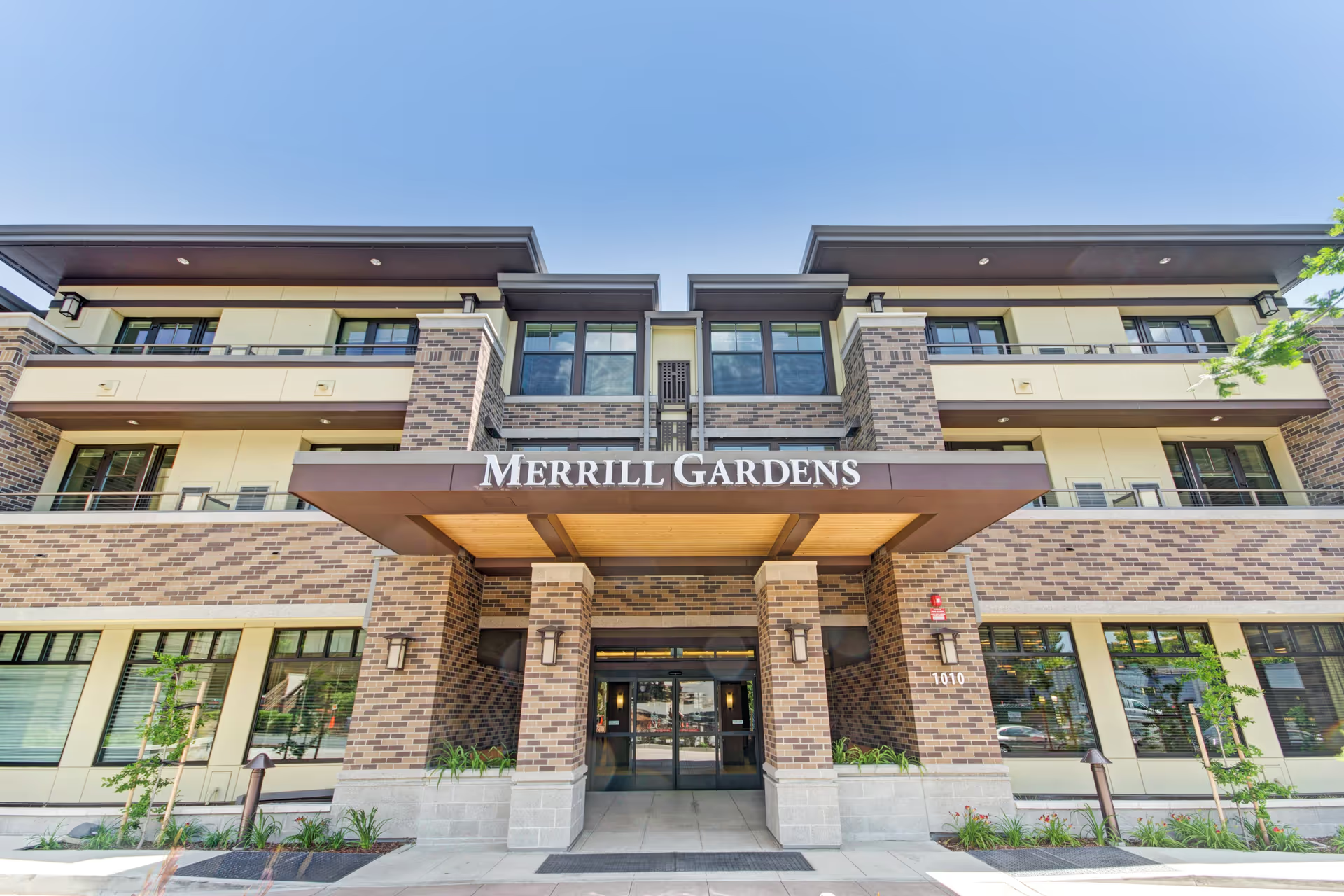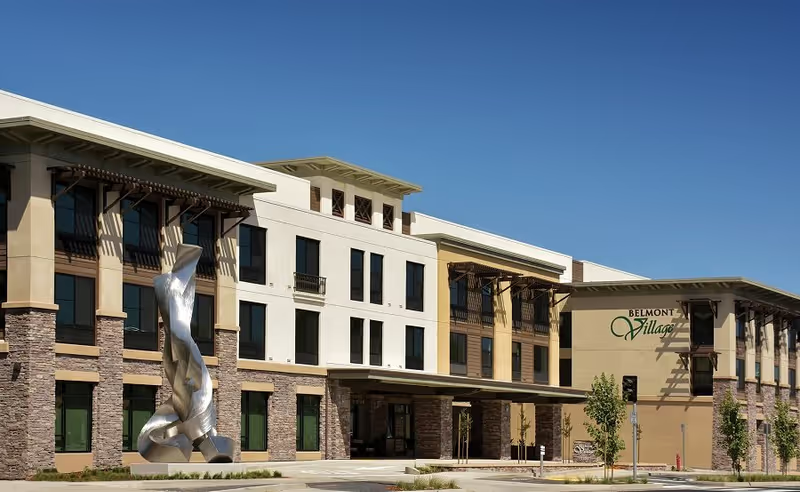Overall sentiment in the reviews is highly mixed, with strong and repeated praise for many frontline employees and therapy services coexisting alongside serious allegations of neglect, inconsistent care, and safety lapses. A large portion of reviewers emphasize that particular nurses, CNAs, therapists and administrators provided compassionate, professional and attentive care — in many cases by name — and that therapy programs (PT/OT) were knowledgeable, involved, and instrumental in rehabilitation outcomes. Several reviewers describe the facility as clean, newly renovated in parts, family-oriented, and convenient with flexible visitation and good discharge coordination. These positive accounts frequently highlight a warm, welcoming atmosphere, infection-control and housekeeping excellence, and staff who go above and beyond, which resulted in improved quality of life for some residents and smooth transitions home.
Counterbalancing those positives are a set of recurring and concerning complaints about clinical care and safety. Multiple reviews report unresponsive nursing staff, delayed or missed medications (including missed pain meds and Norco only given after requests), and failures to follow physicians’ orders. Specific safety incidents are cited — most notably a report of a roommate left on the floor for approximately 20 minutes — and other allegations include delayed basic care (no shower), slow call-button response, and family not being notified when a patient was in pain. A number of reviewers go further and describe serious clinical deteriorations (pneumonia, sepsis, stage 4 bedsores) and emergency readmissions, with at least one reviewer stating their loved one was rushed back to the hospital and placed on a ventilator after a stay. There are also troubling isolated reports of hospice-room neglect (trash on floor, barren room) and unsanitary conditions.
Staffing and management issues appear as a major theme behind many negative experiences. Several reviews describe the facility as overcrowded, understaffed or overbooked, and note variability in staff competence (e.g., competent individuals contrasted with inexperienced LVNs or poorly supported travel nurses). Communication is inconsistent: while some reviewers praise open, responsive administration (with specific administrators praised as approachable), others describe dismissive or sarcastic behavior from leadership during care conferences and poor telephone responsiveness. Visiting policies were sometimes flexible but other accounts cite restrictive COVID-era limitations or unusual visitation setups (glass doors, plastic screens, portable gates) that frustrated families.
Dining and facility condition receive mixed marks. Multiple reviewers praise prompt meal delivery and allowance of outside food, whereas many others criticize cafeteria food quality, citing rotten vegetables, terrible taste, and poor menu choices. Physical plant descriptions are also mixed: some note newly renovated, modern, calming areas and an overall clean smell, while others call parts of the building old, worn, or “falling apart.” This duality suggests uneven capital improvement: certain units or areas may be updated and well-maintained while others lag behind.
A recurring pattern is the strong influence of staffing on patient experience: positive stays correlate with engaged, named caregivers and active therapy teams; negative stays correlate with reports of understaffing, inattentive nurses, medication errors, and management lapses. Several reviewers explicitly state they would highly recommend the facility based on specific staff or the therapy program; others go so far as to urge families to avoid the facility and to file regulatory complaints. This variability indicates that care quality may be inconsistent day-to-day or shift-to-shift.
In summary, Hayward Healthcare & Wellness Center elicits polarized feedback. Strengths include dedicated and compassionate individual staff members, effective therapy programs, clean and renovated areas, good discharge coordination, and a welcoming atmosphere in many cases. Major concerns are inconsistent nursing responsiveness, medication and safety issues, staffing shortages, variable management responsiveness, mixed dining quality, and isolated but severe allegations of clinical neglect. Prospective families should weigh both sets of experiences, try to identify which units or teams produce the consistently positive reports, verify staffing patterns and medication/safety protocols, and maintain active oversight (questions, visits, documentation) during stays. If serious care lapses are observed, reviewers indicate escalating to facility leadership and regulatory authorities may be necessary.







